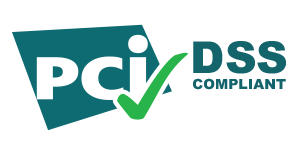Babies have a natural need to suck. Pacifiers safisfy their needs and soothe their emotions. Apart from that, pacifiers also help babies learn nasal breathing. When babies begin to wean and talk, they tend to breathe through their mouths. Unlike the nose, the mouth is not able to filter or humidify air, which means dust and infections can enter the mouth, affecting babies' immunity directly. Pacifiers thus promote natural nasal breathing, which helps to reduce the possiblity of infection through mouth-breathing. Breathing is the nose's job | | Mouth breathing is unique to humans. However, unlike the nose, the mouth is not designed with mechanisms to filter dust, dirt and bacteria. Therefore, if mouth breathing becomes chronic, the mouth dries up, and problems such as throat infections can develop. By contrast, nasal breathing builds strong immunity, reducing the frequency of colds. Thus, children need to be trained to breathe through the nose. |

Difference between mouth and nasal breathing
Mouth breathing offers less protection from bacteria and viruses. Nasal breathing employs cilia to clear external irritants, and nasal mucous to neutralise microbes. Thus, nasal breathing maintains immunity. Training to close the mouth | A baby's thumb-sucking indicates that her sucking reflex is disappearing, and that she is trying to close her mouth. However, babies tend to open their mouths once teething and speech begin. Parents need to ensure that mouth breathing does not become chronic. A developmentally appropriate pacifier can be an effective training aid to help prevent chronic mouth breathing. |

| Step 2 | 5 months and up |  | - Encourages weaning
- Lip contact area allows correct mouth movement and trains closing of baby's mouth
- Just the right length to enable baby to suck and retain nipple easily
- Has a psychologically stabilising and calming effect on baby
- Snug-fitting shield ensures a safe and comfortable fit
- Breather holes on shield for safety
- Protective hood for covering the nipple when not in use
|

|
